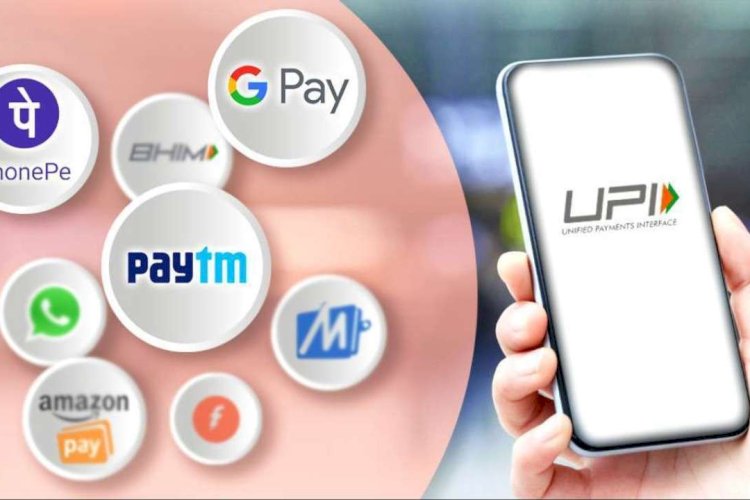

Our designers stay ahead of the curve to provide engaging and user friendly website designs to make.Our designers stay ahead of the curve to provide engaging and user friendly website designs to make.Our designers stay ahead of the curve to provide engaging and user friendly website designs to make.

[ad_1]

In an age where digital transactions reign supreme, payment apps have become the unsung heroes of modern finance. They seamlessly facilitate transfers, split bills, and even handle international transactions with just a few taps. But what’s the secret sauce behind their financial success?
Let’s peel back the layers and uncover the revenue mechanisms that power these digital marvels.
Transaction Fees: At the heart of every payment app lays the humble transaction fee. Whether it’s a fixed rate or a percentage of the transfer amount, these fees add up with each monetary exchange. It’s the bread and butter of revenue generation for payment platforms, ensuring a steady income stream with every tap, swipe, or click.
Merchant Services: Picture this: a bustling café where patrons flock for their daily dose of caffeine. Behind the counter, a cashier seamlessly accepts payments through a sleek tablet interface. This is made possible by payment apps offering merchant services. Businesses pay a fee for the privilege of accepting payments through these platforms, transforming every sale into a small win for the app provider.
Subscription Plans: Ever wondered what lies beyond the realm of basic functionality in payment apps? Enter subscription plans. For a monthly fee, users gain access to a treasure trove of premium features. Lower transaction fees, priority support, and enhanced security measures are just a few of the perks awaiting those willing to dive deeper into their wallets.
Funds Finesse: Idle funds sitting in user accounts? Not for long. Payment apps utilize these dormant assets by investing them in interest-bearing instruments. It’s a win-win scenario: users enjoy the convenience of instant transactions while the app provider earns interest on the idle cash reserves.
Cross-selling and Partnerships: Payment apps are not solitary entities; they thrive on partnerships. By joining forces with banks, retailers, and other service providers, these apps unlock new revenue streams. From cross-selling financial products to sharing in referral bonuses, partnerships pave the way for mutual growth and prosperity.
Data Delights: Behind every transaction lies a treasure trove of data waiting to be explored. Payment apps mine this data to uncover valuable insights into consumer behaviour and spending patterns. Whether it’s anonym zed analytics or targeted advertising opportunities, data monetization adds another layer to the app’s revenue tapestry.
Foreign Exchange Mark-up: Global transactions come with their own set of challenges, particularly when it comes to currency exchange. Payment apps capitalize on this by applying a mark-up on foreign exchange rates, pocketing the difference as additional revenue.
Licensing and White-label Solutions: Some payment apps offer their technology as a white-label solution, allowing banks and businesses to brand and customize the app as their own. Licensing fees and royalties from these partnerships provide yet another revenue stream for app providers.
Conclusion:
In essence, payment apps are not just facilitators of financial transactions; they are architects of a digital ecosystem where convenience meets commerce. Through a combination of transaction fees, merchant services, subscription models, and strategic partnerships, these apps have mastered the art of turning clicks into cash. As the digital landscape continues to evolve, one thing remains certain: the financial magic of payment apps shows no signs of slowing down.
[ad_2]
Source link